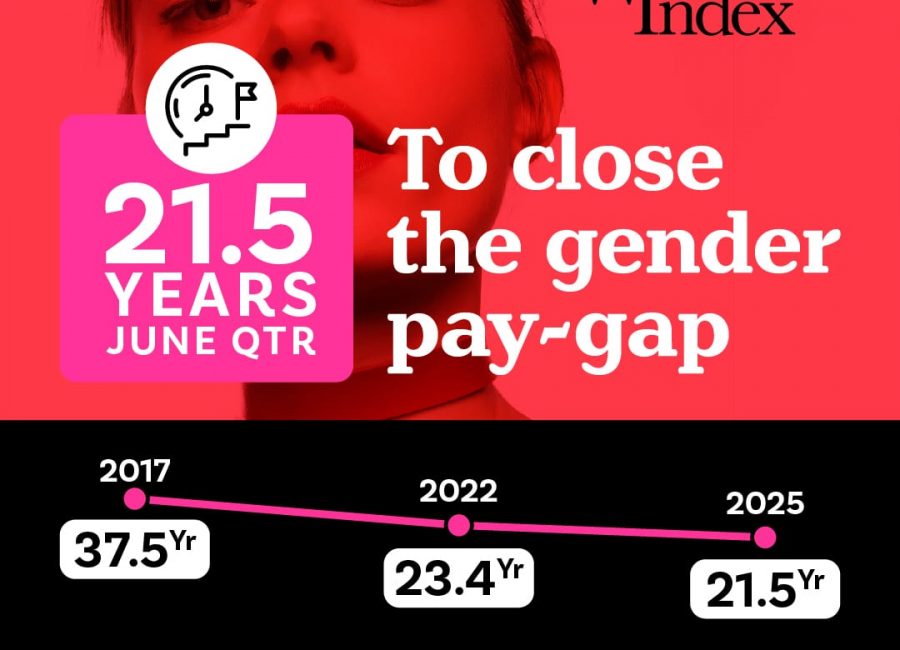Australia’s household debt is currently the third highest in the world, and on the rise.
But this isn’t necessarily bad news.
It’s important to understand the difference between good and bad debt.
Good debt is debt that works for you to build personal wealth.
It includes borrowings used to purchase or invest in assets that generate income and appreciate in value over time.
In addition, the interest paid on the money borrowed is generally tax deductible, so can reduce the overall tax bill.
An example of this is a mortgage taken out to purchase a home.
The interest on the repayments are tax deductible and the property generally increases in value over time.
The sale of the property will also not be subject to capital gains tax.
In the case of an investment property, the rental income may be used to pay off the investment loan and if the repayments exceed the rental income, the investor may also be entitled to a tax deduction.
Student loans are also considered “good” debts as tertiary education will enable you to get a higher paid job, which in the long term will improve your financial position.
Bad debts are loans used to purchase assets that may decline in value and don’t generate income or profit.
The interest on these debts are also not tax deductible.
Debts that may be characterised as bad include: credit cards; personal loans; and pay day loans.
Credit cards generally have the highest rate of interest and annual fees.
Personal loans are often used to purchase assets that decline in value, such as a brand new car.
Bad debts can be good if they are used to help manage cash flow and give the flexibility to save money.
Or if the balance of a credit card is paid off every month avoiding interest charges, which will enable cash to sit in a savings account or term deposit and earn interest.
Likewise, good debt can also be bad, if the asset declines in value this may reduce wealth.
In the case of an investment property, the interest repayments are also not tax deductible if the rental income is greater than loan repayments.
How can you reduce or get rid of bad debts?
Pay off credit cards and personal loans first as these attract the highest rate of interest.
Set realistic repayment goals.
Align your pay dates with due dates for loan repayments and make repayments before you start spending your money.
Pay more than your minimum monthly amounts, try increasing your repayment amount by small amounts each month; it’ll make a big difference.
Consolidate your bad debts with your good debts.
If you find your debts to be unmanageable you may wish to speak with a financial counsellor or accountant to see if there is a better way to manage your cash flow.












